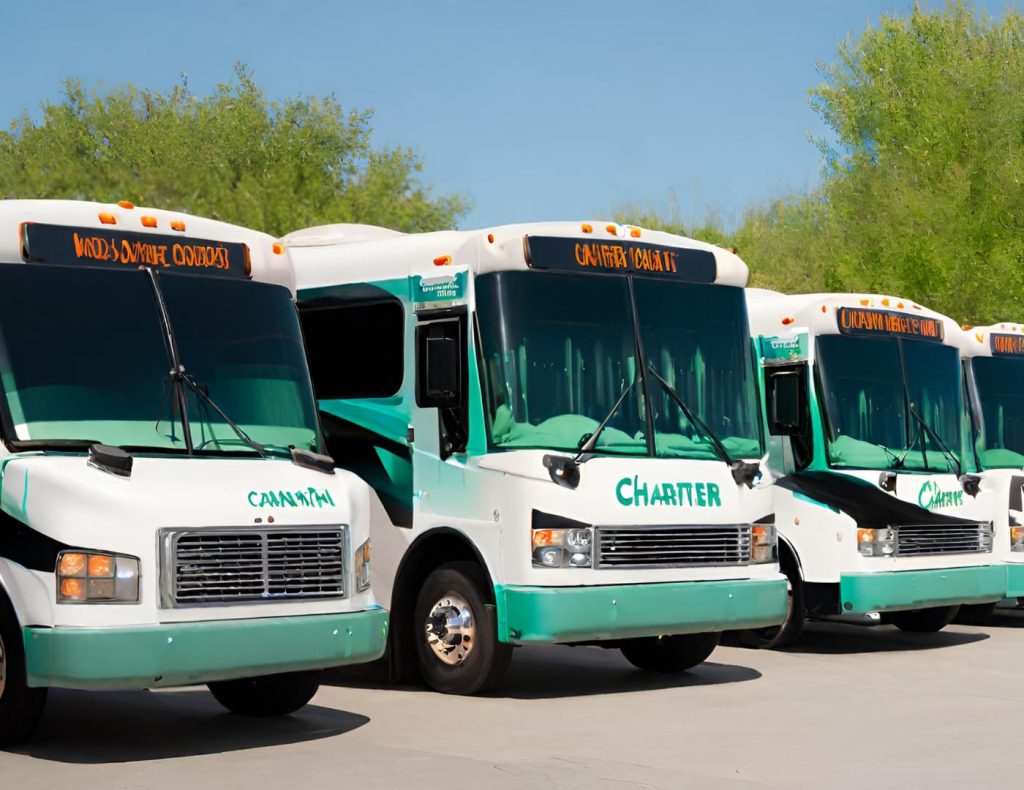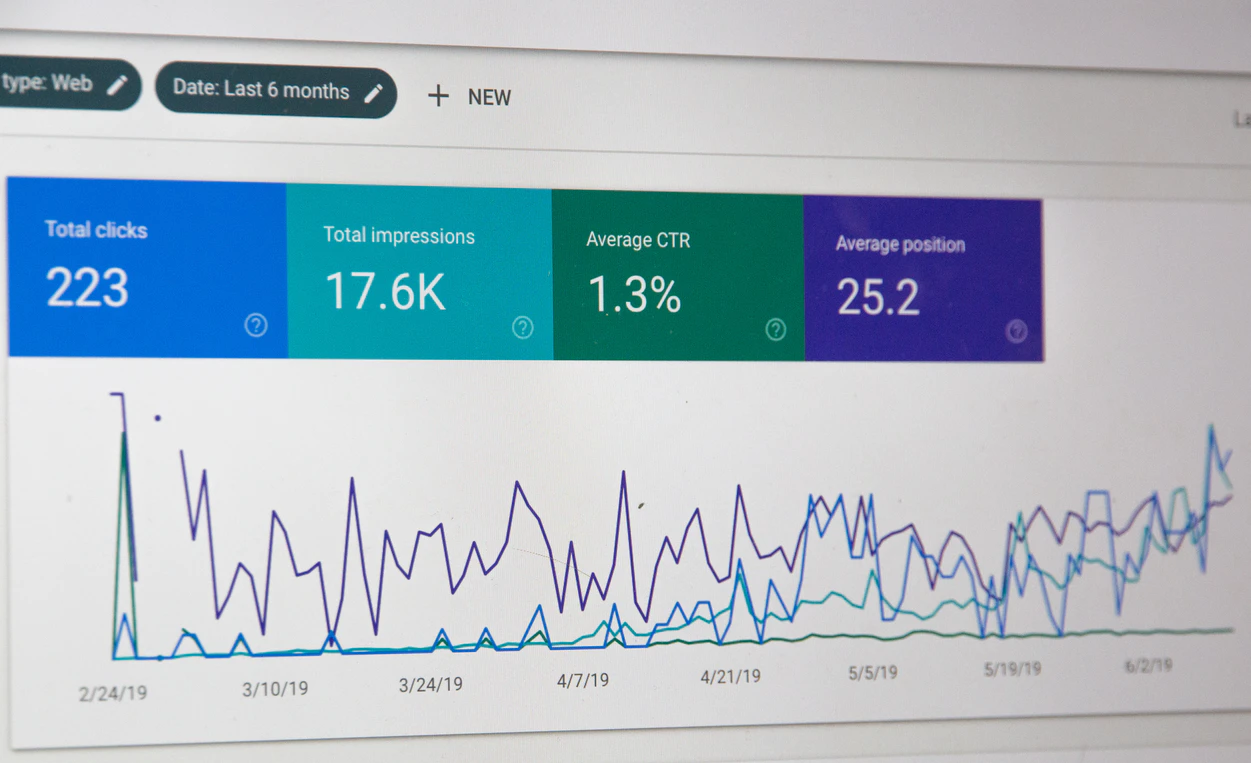
When it comes to group transportation services, one of the key decisions you’ll face is choosing between charter buses and regular buses. Your choice can significantly impact the comfort, cost, and overall experience of your group journey. In this comprehensive guide, we’ll explore the factors you should consider when deciding between bus rental options. Whether you’re planning a corporate event, a school trip, or a family reunion, making the right choice is essential for a successful and enjoyable ride.
Understanding Charter Buses
When you think of luxury and customization in group transportation, charter buses come to mind. Here’s a closer look at what charter buses offer:
- Comfort and Amenities: Charter buses are synonymous with comfort. They boast plush, spacious seating, climate control, and amenities like Wi-Fi, power outlets, and entertainment systems. Whether it’s a long-distance trip or a short excursion, passengers can relax and enjoy the journey.
- Customization: Charter buses can be tailored to meet your group’s specific needs. From seating configurations to onboard facilities, you have the flexibility to create a personalized travel experience. This level of customization allows for wheelchair accessibility, extra storage space, and other accommodations that your group may require.
Understanding Regular Buses
Regular buses, often associated with public transportation, have their own set of characteristics:
- Cost-Efficiency: Regular buses are typically more budget-friendly, making them a practical choice for smaller groups or short-distance travel. If your group is on a tight budget or doesn’t require additional amenities, a regular bus may be the economical choice.
- Simplicity: If your group transportation needs are straightforward, regular buses offer a hassle-free solution. They come with standard seating and are ideal for uncomplicated journeys like daily commutes or short city tours. While they lack the luxurious amenities of charter buses, regular buses serve their purpose effectively.
Factors to Consider
Choosing between charter and regular buses depends on several key factors:
- Group Size: The size of your group plays a crucial role in your choice. Charter buses are suitable for larger groups, offering ample seating capacity and space. If you have a smaller group, a regular bus may suffice, helping you avoid unnecessary expenses.
- Comfort Preferences: Consider your group’s comfort preferences. If luxury and amenities are a priority, charter buses are the way to go. Passengers can enjoy spacious seating, climate-controlled interiors, and entertainment options, ensuring a comfortable and enjoyable journey.
- Amenities Needed: Think about the amenities your group requires. Charter buses provide a wide range of amenities, including Wi-Fi, power outlets, restrooms, and entertainment systems. If these features are important for your group, charter buses offer a more enjoyable and connected travel experience.
- Trip Duration: The duration of your journey is a significant factor. For longer trips that span several hours or days, the comfort and amenities offered by charter buses become increasingly valuable. Passengers can stretch out, stay entertained, and enjoy the journey. On the other hand, for short trips within a city or nearby areas, regular buses may be sufficient, especially if your group prioritizes cost-efficiency for shorter rides.
Advantages of Charter Buses
Charter buses offer numerous advantages for group transportation services:
- Comfortable Seating: Passengers can enjoy spacious and comfortable seating, often with ample legroom, ensuring a relaxed travel experience. Reclining seats, armrests, and additional leg space are common features that enhance passenger comfort.
- Customization: Charter buses can be customized to accommodate specific needs, such as wheelchair accessibility or additional storage space. This level of flexibility ensures that your group’s unique requirements are met, making the journey as comfortable as possible.
- Amenities: Charter buses are equipped with a wide range of amenities that enhance the travel experience. Wi-Fi connectivity keeps passengers connected, power outlets allow for device charging, and entertainment systems keep boredom at bay. Onboard restrooms provide convenience, eliminating the need for frequent stops during long journeys.
Advantages of Regular Buses
Regular buses have their own set of advantages:
- Cost-Efficiency: Regular buses are a budget-friendly option, making them suitable for smaller groups or cost-conscious travelers. If you’re working with a limited budget or planning a short-distance trip, regular buses offer a more economical choice without compromising on safety and reliability.
- Simplicity: The straightforward nature of regular bus rentals makes them an uncomplicated choice for straightforward journeys. If your group transportation needs are simple and you don’t require additional amenities, regular buses provide a hassle-free solution. Daily commutes, short city tours, and basic transportation needs are well-suited for regular buses.
Making the Decision
To make an informed decision between charter and regular buses, follow these steps:
- Assess Your Group’s Needs: Begin by considering your group’s unique needs and preferences. Evaluate the factors that matter most, such as group size, comfort preferences, required amenities, and trip duration.
- Consider the Itinerary: Your travel itinerary plays a significant role in your choice. If your journey involves multiple stops, long distances, or extended travel times, charter buses offer the comfort and amenities needed for a pleasant experience. On the other hand, if your trip involves short, straightforward routes without the need for luxury amenities, regular buses can be a practical choice.
- Budgetary Considerations: Determine your budget constraints and financial priorities. Charter buses, with their added comfort and amenities, typically come at a higher cost. Regular buses offer a cost-effective alternative for groups looking to maximize their budget for other aspects of their trip.
Rental Process
Understanding the rental process for both charter and regular buses is essential to ensure a smooth booking experience:
- Booking and Reservation: Learn about the booking process for each type of bus. Charter buses may require more advanced booking due to customization options and availability. Regular buses may have more flexibility in terms of last-minute bookings.
- Rental Terms and Conditions: Familiarize yourself with the terms and conditions of the rental contract. Pay attention to important details, including cancellation policies, deposits, payment schedules, and any additional fees associated with the rental.
Conclusion
In conclusion, the choice between charter buses and regular buses for your group transportation services depends on a range of factors. By carefully assessing your group’s unique needs, considering your travel itinerary, and staying mindful of your budget, you can make an informed decision. Whether you opt for the plushness of charter buses or the simplicity of regular buses, the key is to prioritize your group’s needs for a successful and enjoyable journey.

